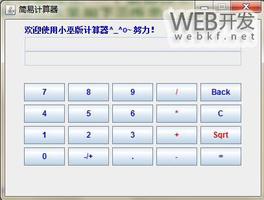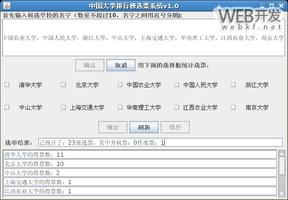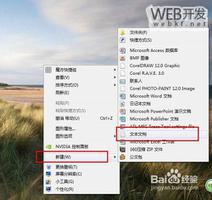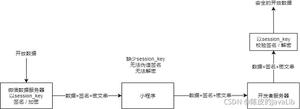java的基本程序设计结构

注释方法
1.每行前面//
2/*和*/将一段比较长的注释括起来(不能嵌套,如果程序当中有*/,无法使用)
3./**一堆注释*/会自动生成文档。
类型
char类型用来表示单个字符。
\'A\' 编码为65所对应的字符常量。
"A"是包含字符A的字符串
Java中int和boolean不可以互换
声明一个变量之后,必须用赋值语句对变量进行显示初始化
int a;System.out.println(a);//error a未初始化
final(该变量只能被赋值一次,一旦赋值之后,就不能再更改) 指示常量
运算
x+=4 等价于 x=x+4(运算符放在赋值号的左侧)
前缀方式++n先进行加1操作。后缀方式则使用变量原来的值
public class prefix {public static void main(String[] args)
{
int n=7;
int m=7;
int a=2*++n;//2*8
int b=2*m++;//2*7
System.out.println("a="+a+"b="+b);
}
}
a=16 b=14.
substring(a,b)b是从你第一个不想复制的位置开始算的。优点:容易计算字串长度。
String s="Hello world";String ss=s.substring(0,3)+"p!";// 长度3-0=3 Help!
System.out.println(ss);
相等
s.equal(t);
s和t可以是传字符串变量 也可以是字符串常量。
eg: "hello".equals(h)
String h="hello";if("hello".equals(h))
System.out.println("true");
true.
equalIgnoreCase 忽略大小写判断两个
public class prefix {public static void main(String[] args)
{
String h="hello";
if("Hello".equalsIgnoreCase(h))
System.out.println("True");
else System.out.println("False");
//true;
}
}
如果==判断的地址是否相等
/**C++的string类重载了==运算符以便检测字符串内容的相等性,JAVA没有重写,其操作方式类似于指针。
*/
/**c使用srcmp函数。相当于java comapreTo
if(s.compareTo("Hello")==0)
*/
空串&Null串
空串""是长度未0的字符串。
检查一个字符串是否为空
if(str.length()==0);
if(str.equals(""));
null表示目前没有任何与该变量关联
要检查一个字符串是否为null:if(str=null);
codePointCount得到实际的长度,即代码点的数量
charAt(n)返回n的代码单元,n介于0~s.length()-1之间
public class prefix {public static void main(String[] args)
{
String h="hello呵";
int cpCount=h.codePointCount(0, h.length());//6
char first =h.charAt(0);//h
char last=h.charAt(5);//呵
}
}
读取文件
Scanner in=new Scanner(Paths.get"myfile.txt")
如果文件名中包含反斜杠,就要记住在每个反斜杠前加一个额外的反斜杠:"c:\\mydirectory\\myfile.txt"
int x;
Scanner in=new Scanner(System.in);
x=in.nextInt();
这样就可以输入一个数字并且赋值给x
写入文件
PrintWriter out=new PrintWriter("myfile.txt")
以上是 java的基本程序设计结构 的全部内容, 来源链接: utcz.com/z/389968.html









